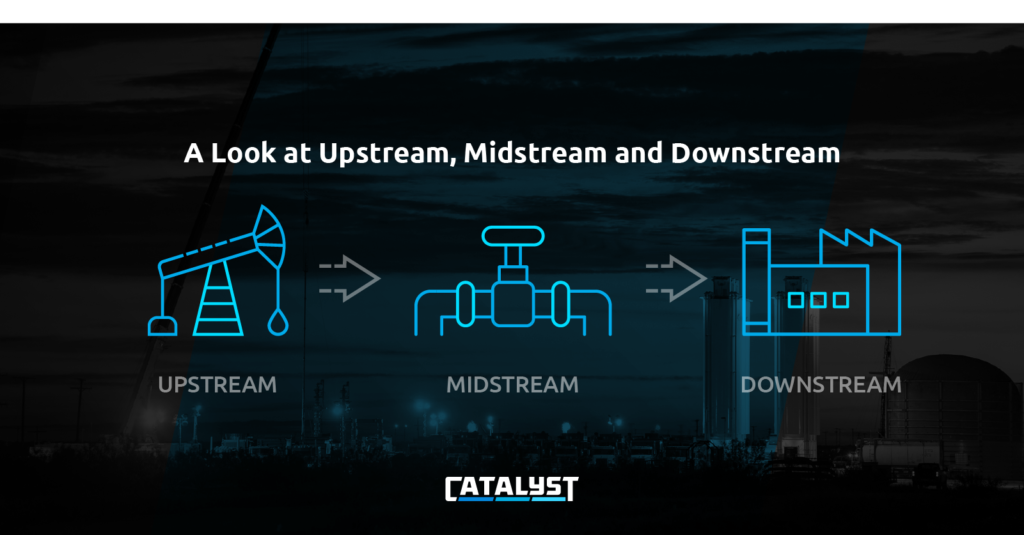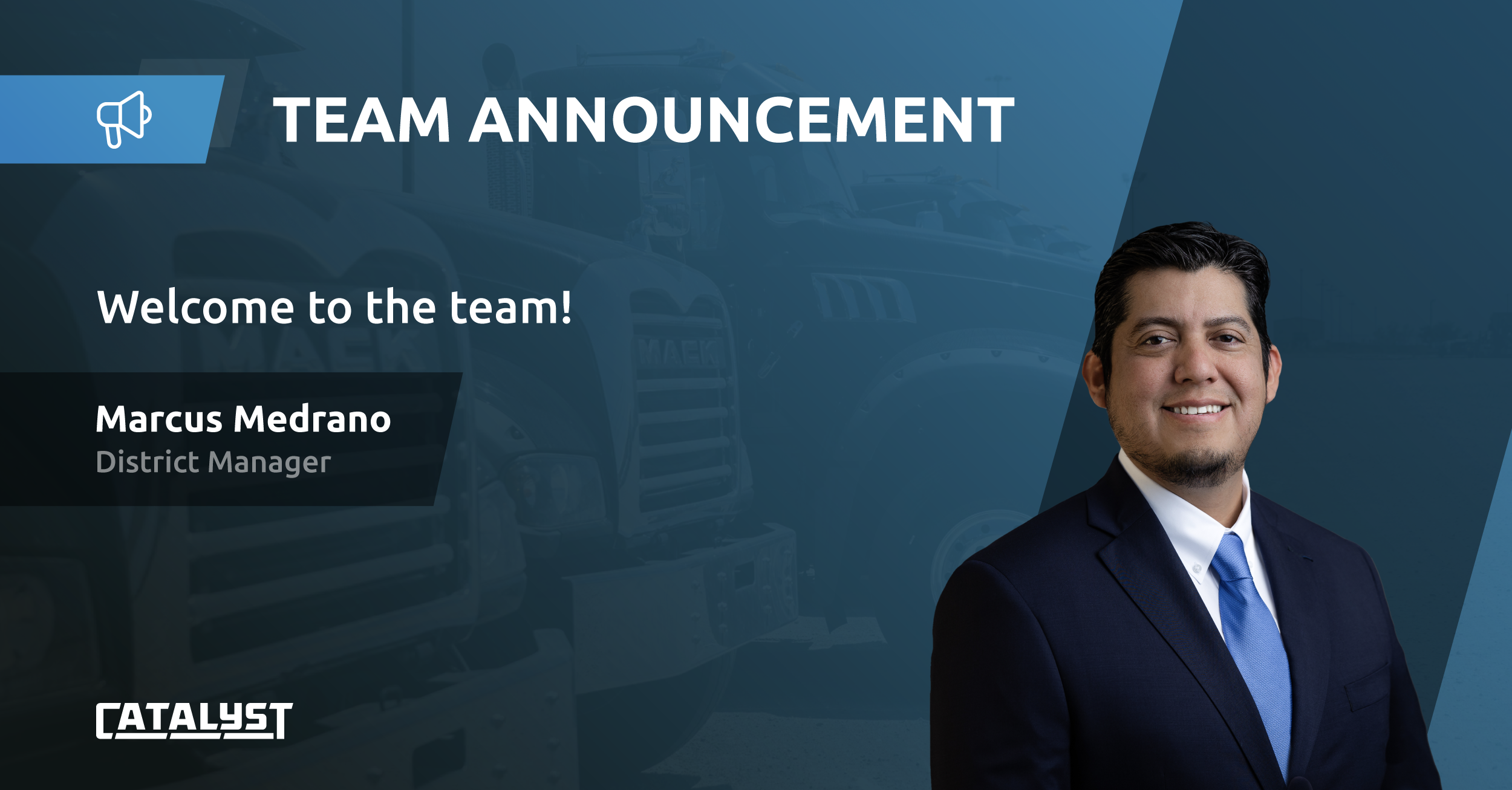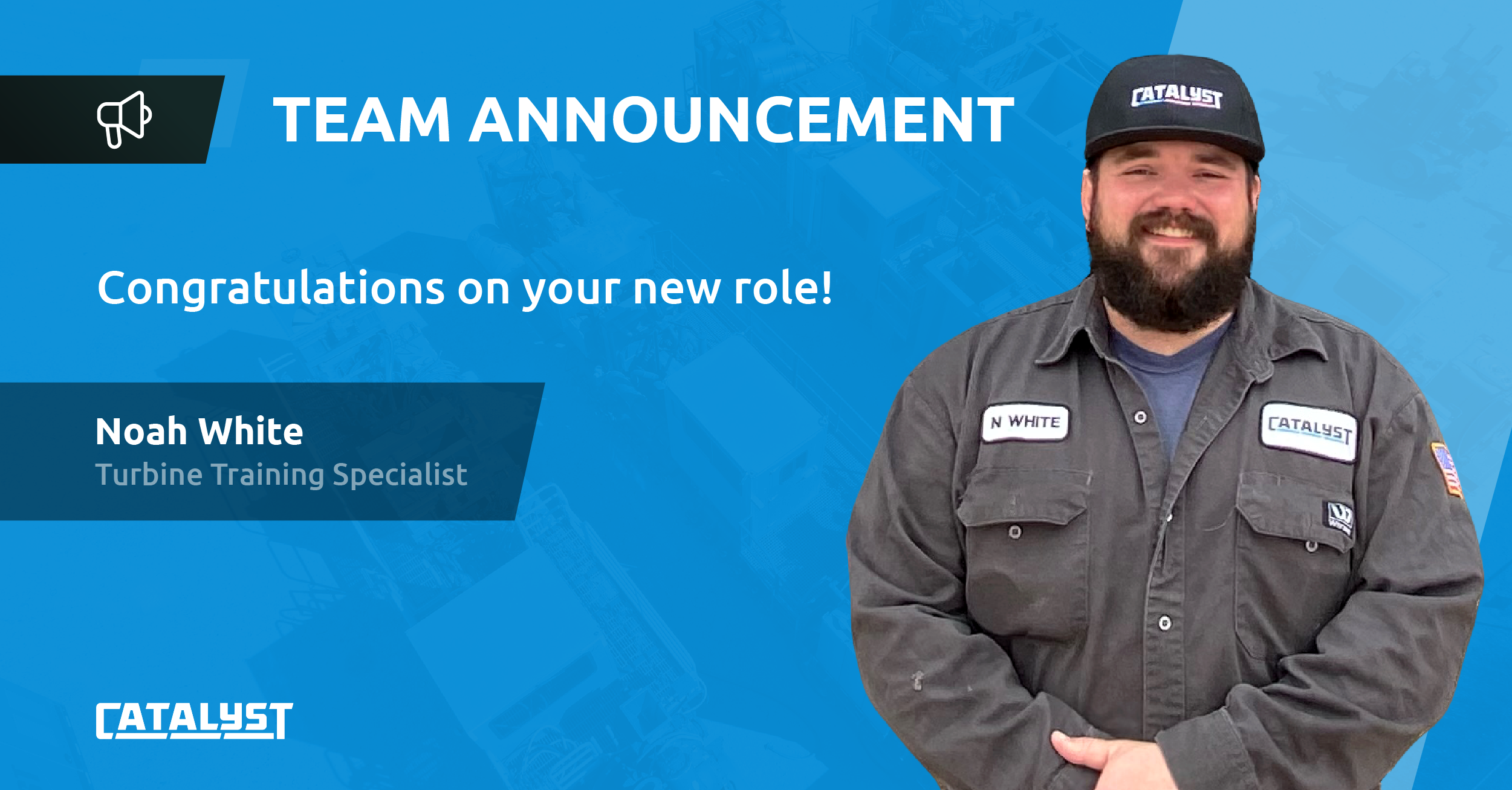A Look at Upstream, Midstream and Downstream
There are many terms used in the Oil and Gas industry that most outsiders don’t recognize but are essential aspects for everyone working in the energy industry. Core to the industry’s main operations are:
- Upstream: Exploration, drilling and production
- Midstream: Processing, transportation and storage
- Downstream: Product preparation, distribution and usage

Upstream: Exploration, Drilling and Production
Operators in this area work on extracting crude oil and natural gas from the ground in the most efficient and environmentally safe methods, while getting the highest return on a company’s investment.
The upstream segment begins with exploration, that is, deciding on a location for drilling based on geological surveys or other reports that indicate where natural resources may be found. Development of wells comes next: deciding on how deep and far to drill them, as well as designing and constructing them. Production refers to drilling and mining of natural resources, bringing them up from the subterranean level to the ground, and then off to the next stage in the supply chain.
Key Activities:
- Survey and location of crude oil and natural gas fields
- Drilling and creating wells
- Extraction via mining and fracing
Midstream: Processing, Transportation and Storage
The first stage in midstream is field processing where oil and gas are processed from the production fields. After field processing, oil and gas are transported to storage facilities where they are stored in bulk terminals, refinery tanks and holding tanks. Natural Gas has to be stored in underground reservoirs due to its high pressure. Midstream deals with the logistics of making sure the extracted resources get processed and stored until they can be distributed.
Key Activities:
- Processing crude oil and natural gas
- Transporting to storage facilities
- Moving product through pipelines and other infrastructures for storage
Downstream: Product Preparation, Distribution and Usage
Consisting of manufacturing, petrochemical refining, distribution, business-to-business and business-to-consumer product access, the downstream segment provides the resources that make thousands of products around the world. These include everyday products such as gasoline, diesel, heating oil, fertilizers, plastics, synthetic rubber, clothing, shoes, sports equipment, heart valves, antiseptics and disinfectants, hand sanitizers, petroleum jelly (Vaseline), oxygen masks and many more.
Key Activities:
- Turning natural gas and crude oil into products
- Product distribution
- Sales and marketing via retail and wholesale
The End-to-End Energy Cycle
From extracting natural resources to refining products for business and consumer use, the energy industry relies on its upstream, midstream and downstream operations to keep up with the demands of our modern world. A variety of industries rely on the energy sector to manufacture the products needed to support the lives and lifestyles of the nearly 8 billion people on our planet.
About Catalyst Energy Services
Catalyst Energy Services started with the idea that technology is the key to the future. We take the stewardship of preserving our world’s resources seriously and are dedicated to constantly innovating our sector of the energy industry to achieve cleaner, safer, and optimized production. Built by an accomplished executive team with over 100 years of hands-on experience in the field, engineering, and business management, we are an emerging stimulation service company specializing in hydraulic fracturing treatment.
Sources:



